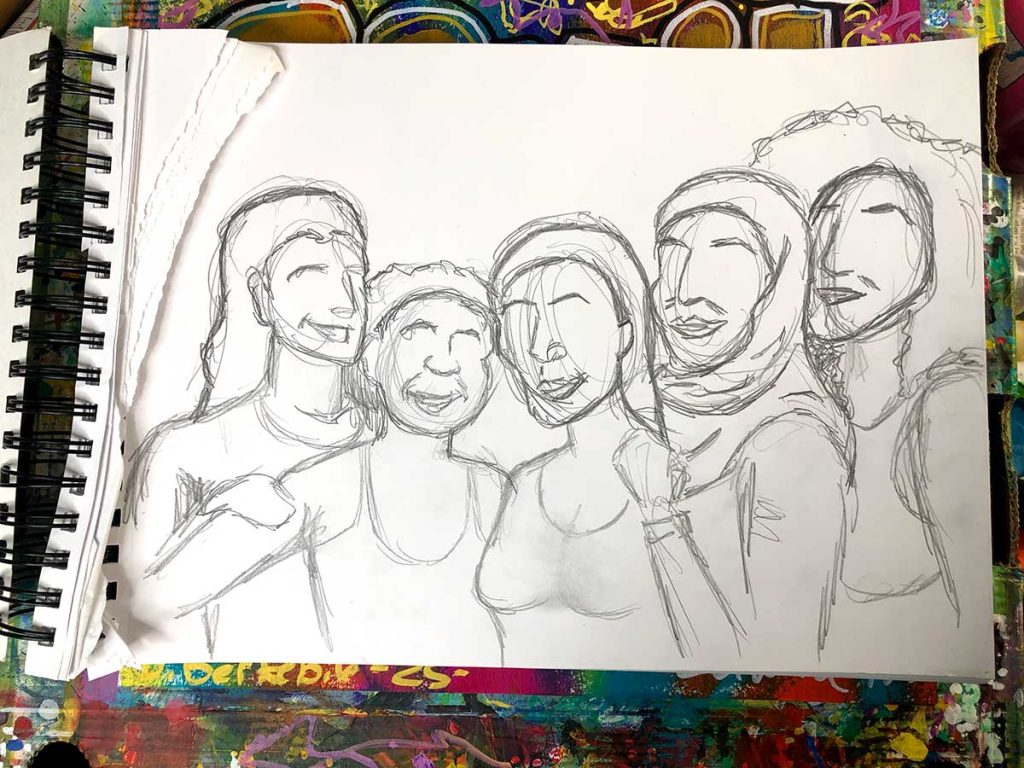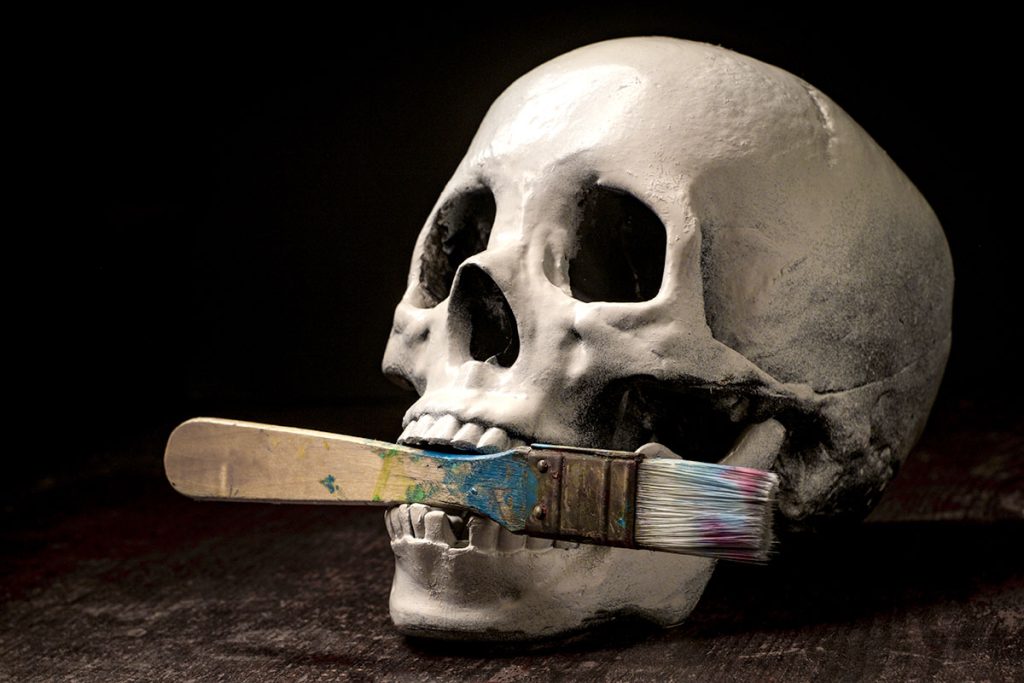
Can Picasso Really Teach Art Mastery From the Grave?
There’s a well-loved story about Pablo Picasso that has traveled through time, cafés, and art studios.
One day, a woman approached Picasso in a café and asked him to sketch something for her. In a few elegant strokes, he drew a beautiful image—some say it was a dog, others a bird. When she asked how much she owed, he named a price that startled her.
“But it only took you five minutes!” she exclaimed.
Picasso smiled and replied,
“No, it took me a lifetime.”
This isn’t just a clever comeback. It’s a profound truth about art—and life.
Art Mastery Is Invisible Work
What most people see in a quick sketch, a confident brushstroke, or a stunning piece of intuitive art is only the surface. Underneath are years of quiet effort, practice, mistakes, devotion, and learning.
Artistic mastery isn’t born from a single moment of inspiration. It’s earned through showing up—again and again—when no one’s watching. It’s built through sketchbooks filled with awkward attempts, doodles scribbled during boring meetings, canvases that never see the light of day, and the internal battle between doubt and discipline.
Like Picasso, every artist who makes it “look easy” has spent a lifetime preparing for that moment.
Healing and Mastery Are Both Lifelong Journeys
While art mastery speaks to skill, creative healing speaks to soul.
Whether you’re painting to process emotion, reconnect with yourself, or escape burnout, the healing doesn’t happen all at once. It unfolds quietly, layer by layer—just like an evolving work of art.
Your brush becomes a mirror. Your palette becomes a map.
And every time you return to your art table, you’re not just practicing your craft—you’re learning to feel, to trust, to become whole.
I cannot tell you how surprised I was that art, or painting specifically, was healing. I’ve painted the anger or sadness away by unleashing it on the canvas or paper. I’ve found a joy that feels so profound some days that I wonder if I’ve ever really had joy before.
This took time though and for me I feel painting is just another tool in my self-care toolbox and well as in my spiritual and mindfulness toolbox. I am continually learning and growing and exploring all my feelings and emotions. I feel my painting intertwined because those things are a part of my everyday life so maybe it is hard for my painting practice to not just meld into these other practices.
The Myth of “Natural Talent”
We live in a culture that idolizes instant success and effortless genius. But the truth is, great artists aren’t born—they’re grown.
If I’m being honest, this is a new idea to me as I think I was told all my life how creative or artistic I was. So I assume this concept was true. BUT… when I review my life… I spent A LOT of time practicing.
My art journey… I drew like crazy as a kid. Maybe in a time when school classes were hard I stuck to art where I had fun and could create whatever. I guess my personal thoughts are I put in a lot of time and maybe that is why things may look simple or easy.
As I lead painting events I sometimes run into folks that really want to lean on traced images instead of free flowing and feeling what their heart is telling them. I think this could be partly judgement (self and fear what others will say), lack of experience to just go for it, and maybe getting too hun up on being perfect (or an idea of what perfect is and feeling overwhelmed).
As I try to teach/lead I want to give space for people to explore and stretch themselves and I am now leaning more on the side that creativity can be taught and learned.
What people call talent is often just time.
Time spent experimenting and failing.
Time spent learning to see with an artist’s eyes.
Time spent in silence, letting intuition lead.
Mastery isn’t a moment—it’s a relationship. It grows stronger the more you show up.
Your Five-Minute Painting Holds a Lifetime
So if you’re creating something small—a five-minute intuitive painting, a morning sketch, or a quick burst of color on a stressful day—don’t underestimate it.
It may look simple. But behind that small act is:
Every time you chose creativity over perfection
Every lesson your heart had to learn before your hand moved
Every moment you dared to heal, feel, and express
Just like Picasso, you carry your whole lifetime into the art you create. That’s what makes it sacred.
Final Thoughts: Trust the Brush, Trust the Journey
Whether you’re seeking artistic growth or emotional healing—or both—remember this:
The speed of your strokes doesn’t measure the depth of your soul.
Let your practice be messy. Let it be honest. Let it take a lifetime.
Because that’s what it takes to create something truly meaningful.
I will close this article with an interesting video exploring the benefits of studying art and a Psycology Today article talking about how we learn skills and why measuring on skills alone might be missing the mark in society. Enjoy!

